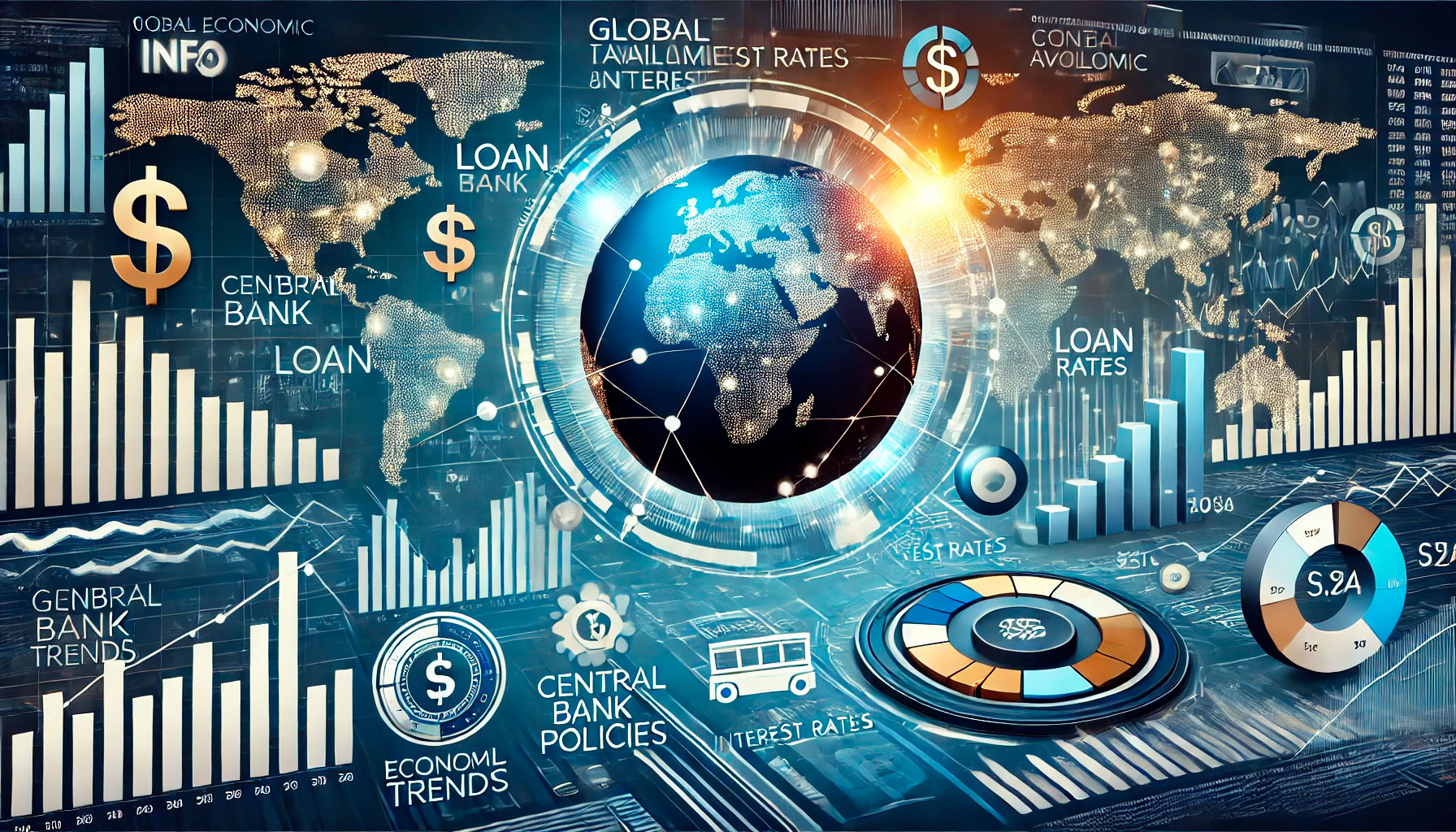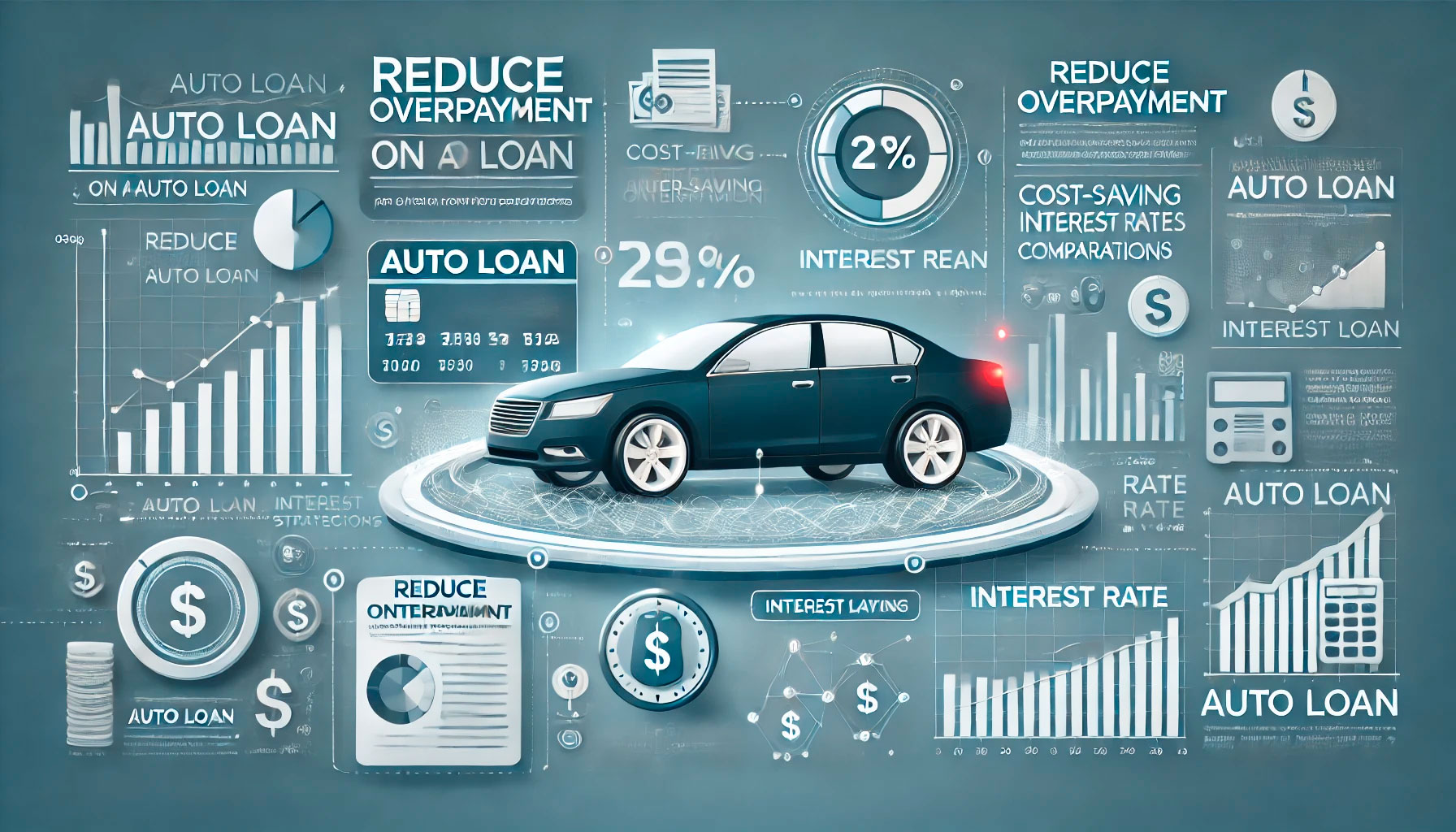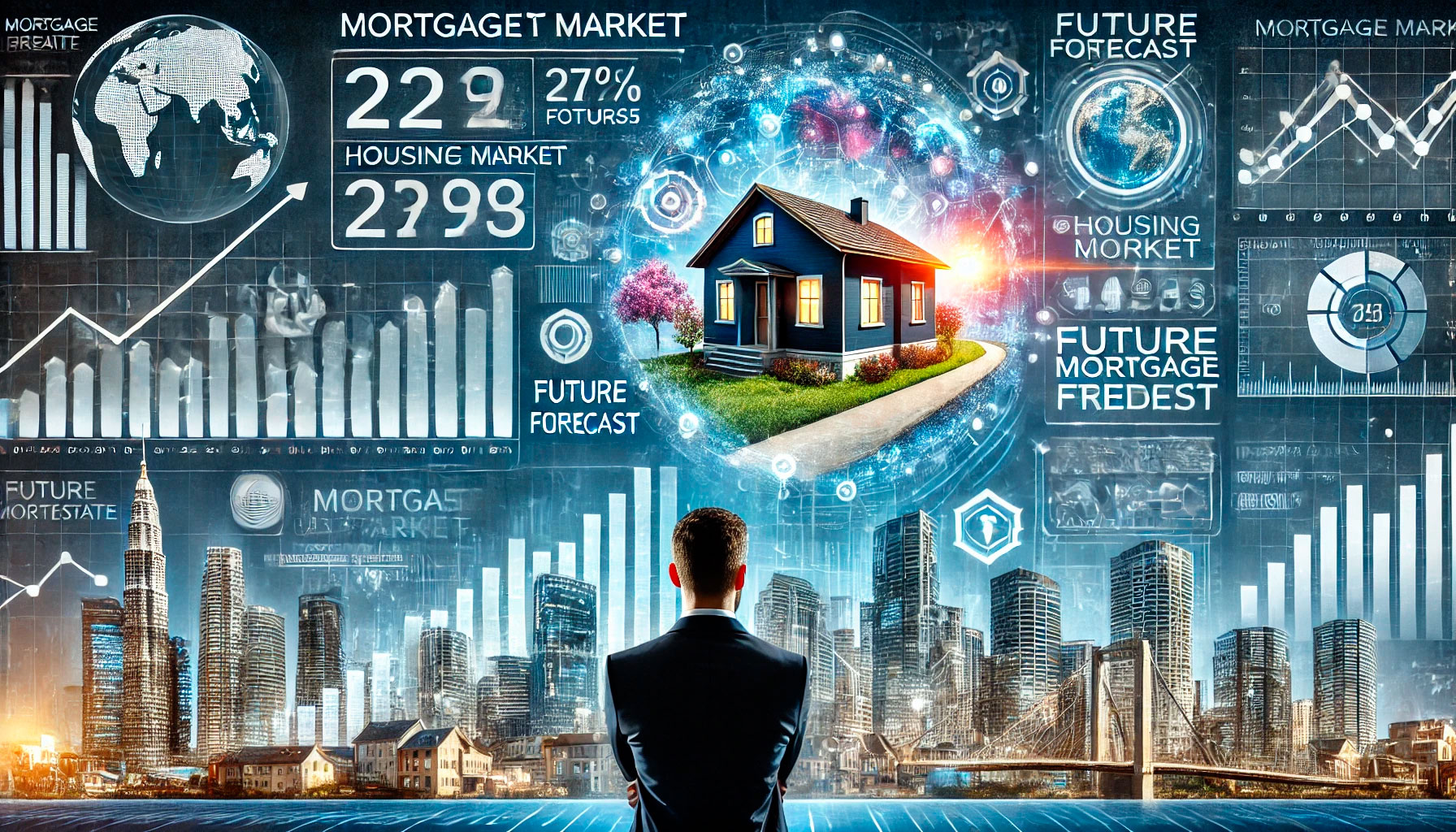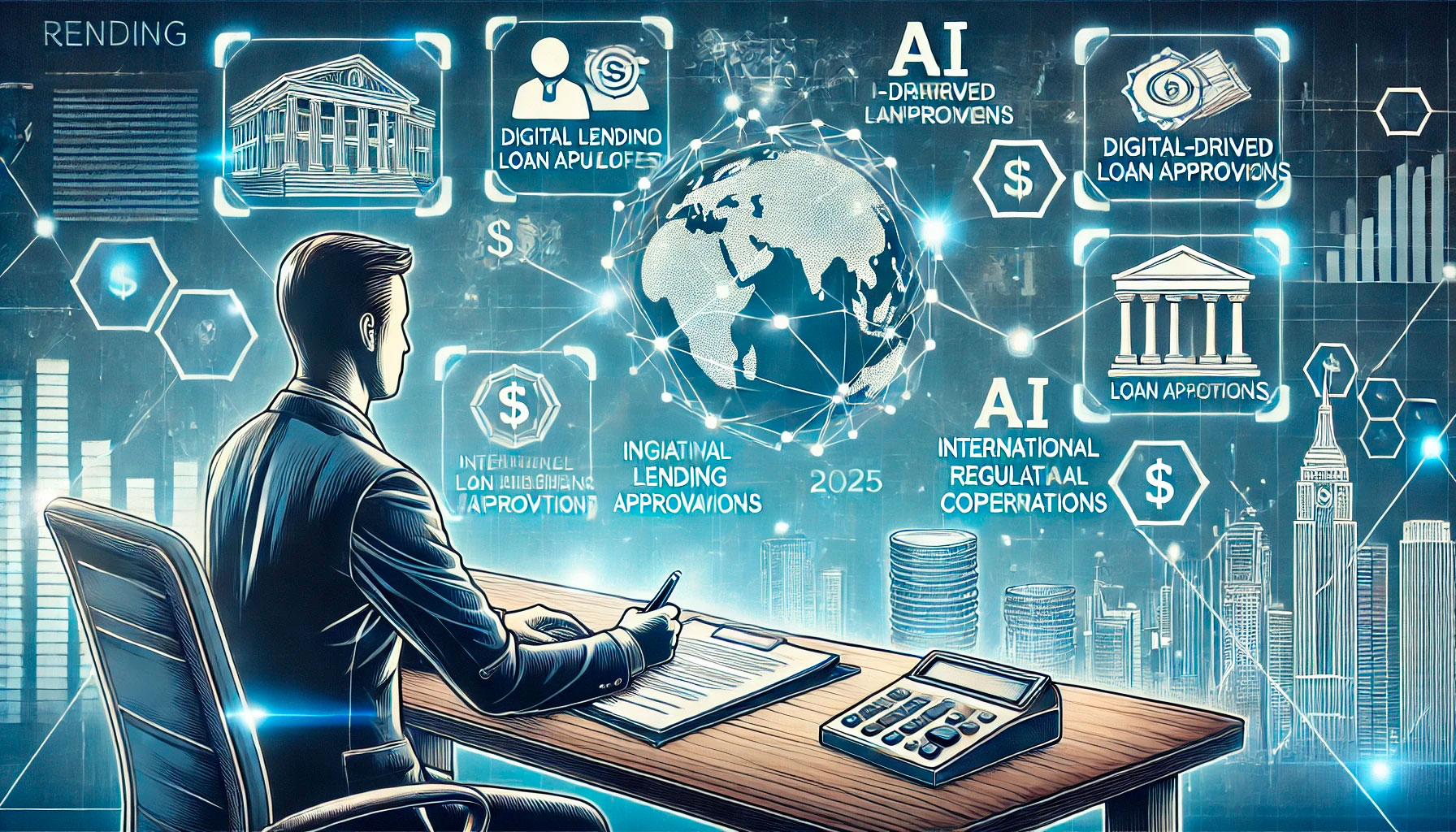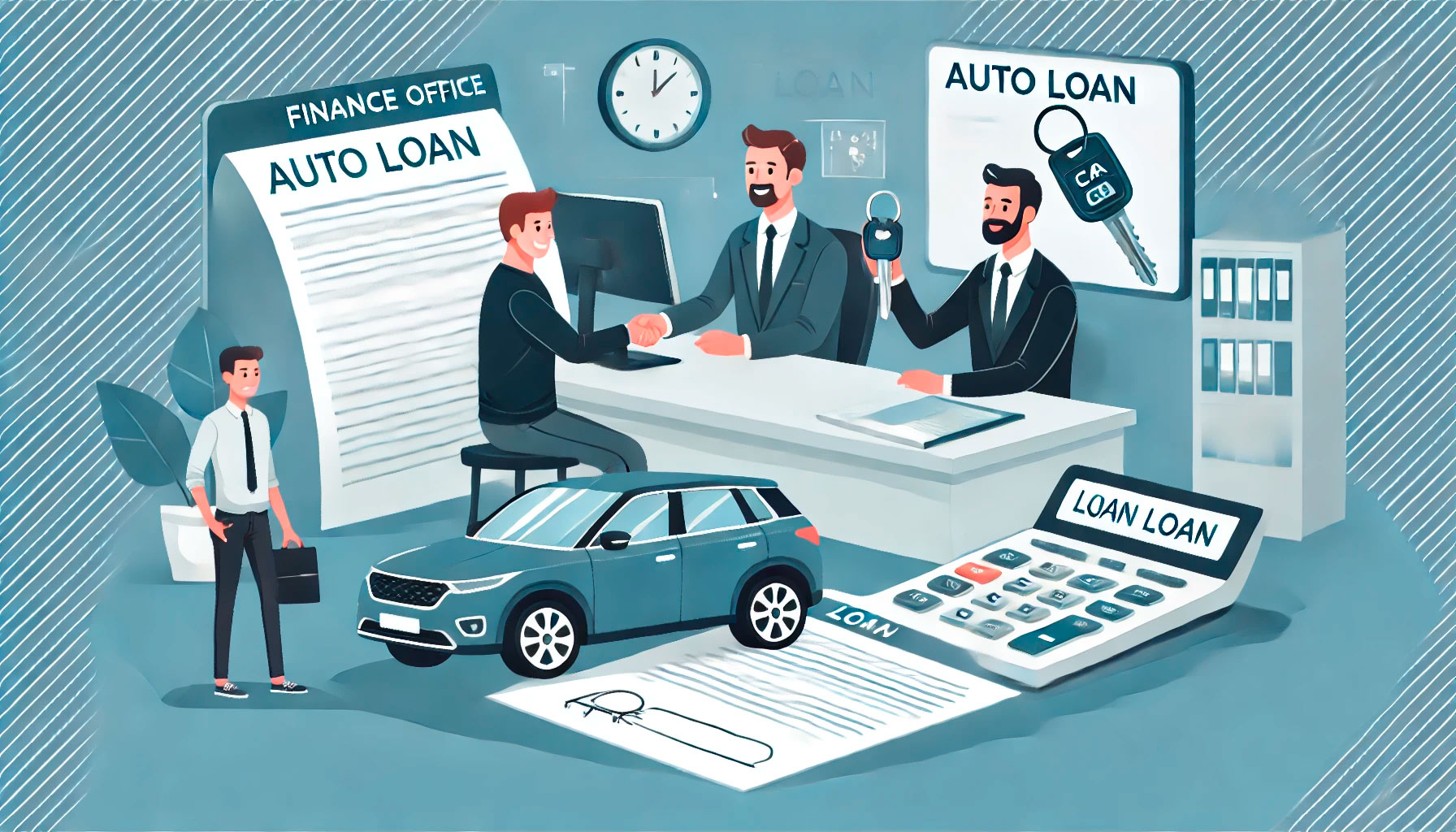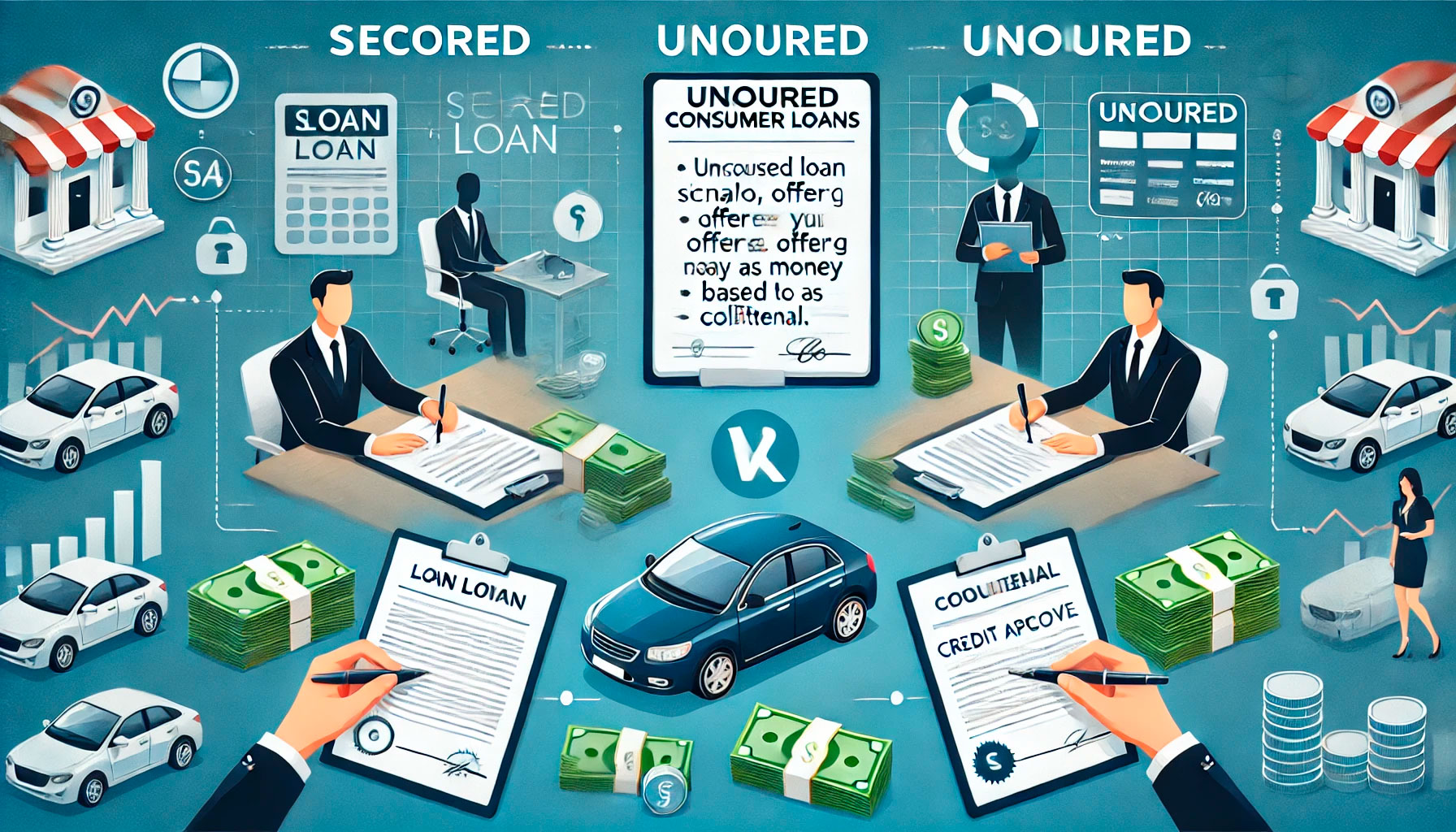
When it comes to borrowing money, consumer loans are one of the most common financial tools used by individuals to achieve their goals. Whether it’s buying a new car, renovating a home, or consolidating debt, consumer loans serve as a solution to many everyday financial needs. However, not all loans are created equal, and understanding the differences between secured and unsecured loans is crucial for making informed decisions. While both loan types serve the same basic purpose—providing the borrower with funds—there are fundamental differences between the two that can influence the borrowing process and the long-term implications of taking out a loan.
The Foundation of Secured and Unsecured Loans
The first and most important distinction between secured and unsecured loans lies in the type of collateral involved. A secured loan requires the borrower to pledge an asset—such as a house, car, or savings account—as collateral against the loan. This means that if the borrower defaults on the loan, the lender has the legal right to seize the pledged asset to recover their losses. On the other hand, unsecured loans do not require collateral. Instead, these loans are granted based on the borrower’s creditworthiness, income, and overall financial profile. The lender takes on a higher level of risk in the case of unsecured loans, as there is no physical asset to seize in case of default.
The Impact on Interest Rates
One of the most notable differences between secured and unsecured loans is the interest rate attached to each type. Secured loans generally come with lower interest rates because the lender has the added security of collateral. In the event of a default, the lender can recover some or all of the loan amount by selling the asset that was pledged. This reduces the risk for the lender, allowing them to offer a more favorable interest rate. Conversely, unsecured loans are often accompanied by higher interest rates. Without collateral to back the loan, the lender assumes more risk and, as a result, seeks compensation for that risk in the form of higher interest rates.
The Role of Creditworthiness
Another important factor that differentiates secured and unsecured loans is the role of creditworthiness. Since unsecured loans are not backed by collateral, lenders place a heavy emphasis on the borrower’s credit score and financial history when determining eligibility. Borrowers with strong credit histories, steady incomes, and low debt-to-income ratios are more likely to be approved for unsecured loans at favorable terms. However, individuals with poor credit scores may struggle to secure unsecured loans or may face higher interest rates if they are approved.
Secured loans, on the other hand, may be more accessible to individuals with less-than-perfect credit. Since the lender has collateral to fall back on in the event of default, the borrower’s credit score may not be as significant a factor in the approval process. This makes secured loans an attractive option for individuals who have experienced financial difficulties in the past but still have valuable assets to offer as security. However, it’s important to note that securing a loan with collateral can still come with its own set of risks, particularly if the borrower’s financial situation doesn’t improve.
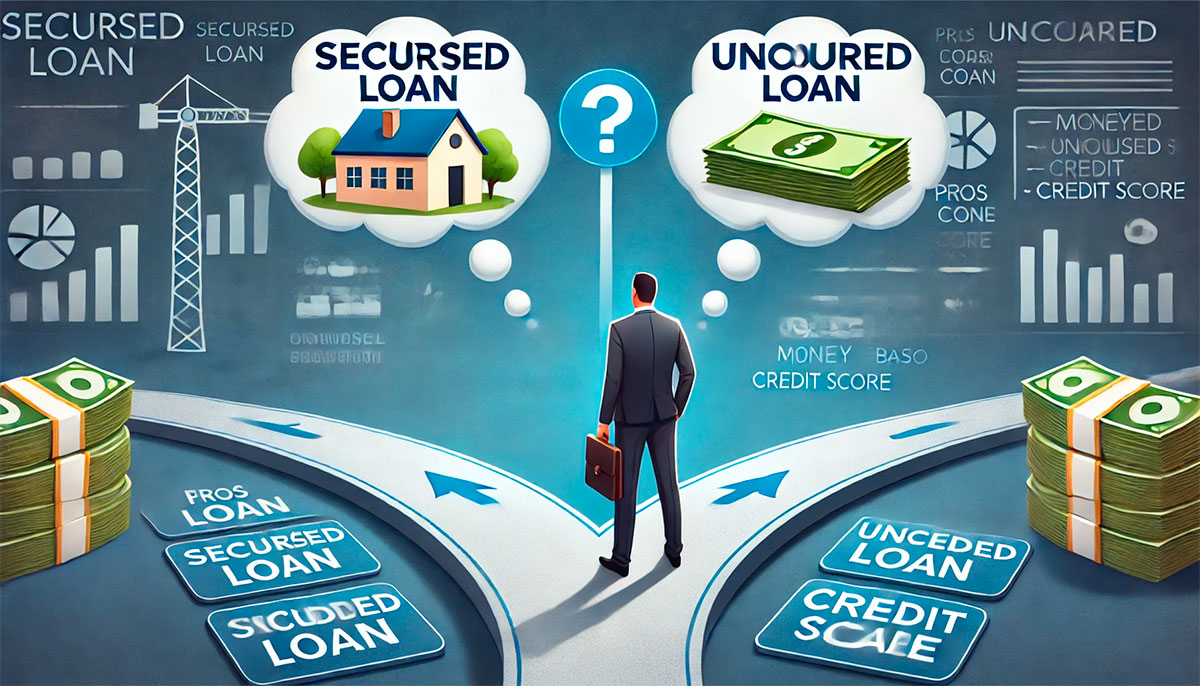
The Risk Factor: What Happens in Case of Default?
The most significant difference between secured and unsecured loans is the level of risk involved for both the borrower and the lender. In the case of secured loans, the borrower risks losing the pledged asset if they default on the loan. This means that if a borrower fails to make their loan payments, for example, the lender can foreclose on the property and sell it to recover the debt. Similarly, if a borrower defaults on a car loan, the lender may repossess the vehicle. This can have serious financial and emotional consequences for the borrower, particularly if the asset in question is something essential, like a home or car.
Unsecured loans, while still risky, do not carry the same immediate threat of asset loss. If the borrower defaults on an unsecured loan, the lender may take legal action to recover the debt, but they cannot seize any physical assets. However, the borrower’s credit score will likely take a significant hit, and they may face additional collection efforts or wage garnishments. In some cases, the lender may pursue a court judgment to collect the debt, but the process is generally more time-consuming and costly for the lender compared to the more direct route of asset seizure with secured loans.
Loan Amount and Repayment Terms
When it comes to the amount of money that can be borrowed, secured loans typically allow for larger loan amounts compared to unsecured loans. Since secured loans are backed by collateral, the lender is willing to offer more money, knowing that they have a means of recovering their investment in case of default. This makes secured loans ideal for large purchases, such as buying a home or financing a car. The repayment terms for secured loans also tend to be more favorable, with lower monthly payments and longer repayment periods due to the lower interest rates associated with these loans.
Unsecured loans, on the other hand, usually come with lower borrowing limits, as the lender assumes greater risk by not having any collateral to back the loan. Unsecured loans are often used for smaller amounts of debt consolidation, personal expenses, or emergency situations. The repayment terms for unsecured loans can be less favorable, with shorter repayment periods and higher monthly payments, due to the higher interest rates charged on these loans.
When to Choose a Secured Loan
Secured loans are a good choice for individuals who have valuable assets and need to borrow a larger amount of money at a lower interest rate. If you are looking to finance a home, buy a car, or consolidate a large amount of debt, a secured loan might be the right option for you. It’s important to be confident in your ability to repay the loan, as failing to do so could result in losing the asset you’ve pledged as collateral. Additionally, secured loans may be easier to obtain for individuals with lower credit scores, as the collateral reduces the lender’s risk.
When to Choose an Unsecured Loan
Unsecured loans are better suited for borrowers who may not have significant assets to offer as collateral but still need to access credit. They are ideal for smaller loans, such as covering unexpected medical bills or funding a home renovation project. Unsecured loans are also a good option for individuals who want to avoid the risk of losing their assets. However, it’s essential to keep in mind that the interest rates for unsecured loans are typically higher, and approval may be more difficult if your credit score is low.
Conclusion: Weighing the Pros and Cons
In the end, the decision between secured and unsecured consumer loans comes down to a balance of risk, loan amount, and the borrower’s financial situation. Secured loans offer lower interest rates and larger loan amounts but come with the risk of losing valuable assets if the borrower defaults. Unsecured loans, while more accessible to those without assets to pledge, come with higher interest rates and the potential for long-term financial consequences if the borrower fails to repay. Understanding these differences between secured and unsecured consumer loans is vital for making the right choice that aligns with your financial goals and risk tolerance. Whether you choose the security of a secured loan or the flexibility of an unsecured one, it’s essential to borrow responsibly and ensure that you can meet the repayment terms before moving forward.

